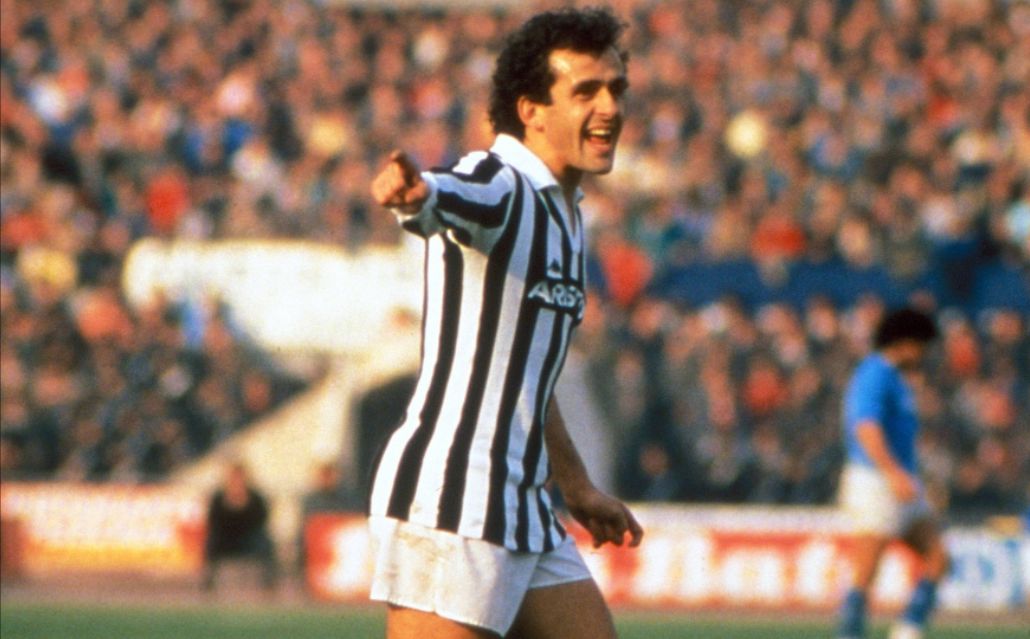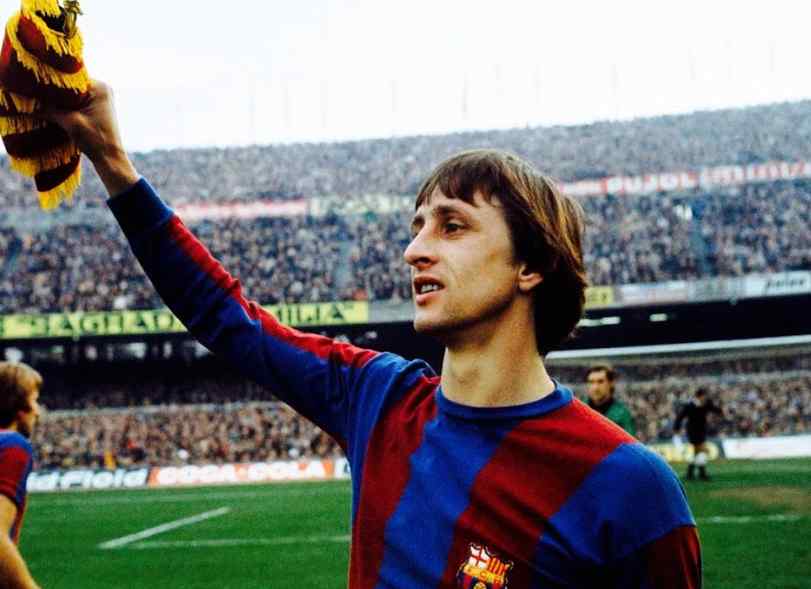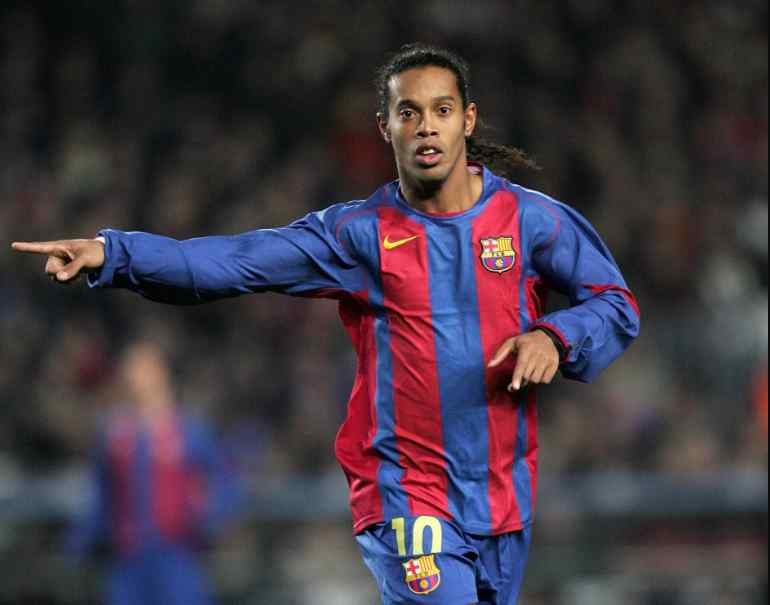“CAM in football stands for “Central Attacking Midfielder.” This player operates in the central area of the field, usually behind the forwards.
Their role is to link the defense and attack, creating scoring opportunities by distributing passes, making key plays, and sometimes scoring goals themselves.
CAMs are known for their vision, creativity, and ability to unlock defenses with their passing and dribbling skills.”
READ ALSO: What Does A Defender Do In Soccer?
Historical Evolution of The CAM Position In Football
The central attacking midfielder, abbreviated as CAM is an important role in modern football. This position has seen massive evolution over the years, mirroring changes in tactical strategies and player abilities.
Originally, the CAM position appeared as a natural progression from traditional midfield roles. In the early days of football, teams used a specific formation, with players assigned fixed positions.
However, as the sport evolved, managers began experimenting with more dynamic systems which has led to the development of specialized positions like the CAM.
During the mid-20th century, creative managers started utilizing players with exceptional vision, creativity, and technical skills in advanced midfield roles. These players played behind the strikers, acting as playmakers and orchestrating offensive moves.
Then the role gained popularity in the 1970s and 1980s, with iconic figures such as Johan Cruyff and Michel Platini displaying the role of a skillful CAM.
With formations like the 4-2-3-1 and the 4-3-3, the attacking midfielder became an anchor in offensive tactics. Teams sought players who could distribute the ball and contribute to goal-scoring opportunities.
I think the 21st century saw the importance of the CAM position. As football became faster and more dynamic, teams relied on agile, technically proficient players to unlock stubborn defenses.
Modern attacking midfielders are versatile, capable of drifting across the field, linking up with teammates, and manipulating space with their dribbling and passing abilities.
Today, the CAM position continues to evolve, influenced by factors such as changes in tactics, and the emergence of new playing styles.
Coaches emphasize the importance of fluidity and interchangeability among midfielders, encouraging attacking midfielders to adapt to different roles within the team structure.
READ ALSO: What Does CONCACAF Stand For In Soccer?
Key Attributes of A CAM In Football
1. Creativity
A CAM’s creativity grows beyond simply passing the ball. It involves the ability to see opportunities where others might not, to improvise, and to find solutions in tight situations. This creativity is often displayed in unexpected passes, clever flicks, or brave dribbles that catch opponents off guard.
2. Technique
The technique of a CAM surrounds different skills like ball control, dribbling, and passing. They must be comfortable with the ball at their feet, able to execute complex moves to dodge defenders and maintain possession under pressure. A high level of technical ability allows them to execute clear passes and deliver crosses with accuracy.
3. Playmaking Ability
As the playmaker on the team, a CAM must have the vision and awareness to orchestrate attacking moves, acting as the link between the midfield and the forward line, initiating attacks with incisive passes, and dictating the flow of the game.
4. Vision
A CAM’s vision is the ability to anticipate the movement of teammates and identify space on the field. They possess a mental map of the game, constantly scanning the field to identify potential opportunities to exploit. This keen awareness allows them to deliver passes into dangerous areas and create scoring chances for their team.
5. Decision Making
Decision-making is required for a CAM, as they often find themselves in cases where split-second choices can make the difference In the game.
CAM must weigh the risks and rewards of each option available to them, It could be making a forward pass, retaining possession, or taking a shot at goal.
6. Versatility
While CAMs are known for their attacking contributions, they also play a role in the defensive part of the game. Central attacking midfielders contribute to pressing high up the pitch to win back possession, track back to support the midfield defensively, and provide cover for overlapping full-backs.
7. Movement
The dynamic movement of the ball is essential for a CAM to create space and receive passes in dangerous areas. They constantly make runs into goal-scoring positions, dragging defenders out of position and creating openings for teammates. Their intelligent movement forces opposition defenders to make difficult decisions, opening up gaps in the defense.
8. Goal Threat
Despite their playmaking responsibilities, CAMs are also expected to contribute goals to the team’s attack. These players possess an instinct for goal-scoring opportunities, constantly arriving late in the box to finish off attacks or taking long-range shots when the opportunity arises.
READ ALSO: What Does COYS Mean In Soccer?
Comparison Between CAM and Other Midfield Positions In Football
Position | Description | Attributes | Transition | Defense | Flexibility | Team Dynamics |
CAM | Orchestrates attacks and creates chances. | Dribbling, vision, and creativity | Link midfield to attack. | Presses, and tracks back as needed. | Influences formations and tactics. | Sparks offensive creativity. |
CM | Controls tempo, and distributes passes. | Passing, vision, and stamina | Support both attack and defense. | Provides cover, and intercepts. | Tactical versatility. | Balances offense, defense. |
CDM | Protects defense and initiates counters. | Tackling, positioning, awareness | Anchors midfield and transitions. | Breaks up attacks, and protects. | Offers defensive solidity. | Enhances team organization. |
LM/RM | Provides width and tracks back. | Pace, crossing, work rate | Stretches play and delivers crosses. | Supports full-backs defensively. | Adds wide attacking options. | Increases attacking width. |
Best CAM In Football History
1. Lionel Messi

Lionel Messi is one of the best CAMs in football history, and he’s renowned as one of football’s greatest. He is a prolific goalscorer and playmaker, known for his vision and precise passing.
Messi possesses unique abilities despite his small stature. His agility helps him to change direction and sidestep tackles, earning him the nickname “The Atomic Flea.”
Messi’s strength and balance also allow him to withstand physical challenges, with a remarkable lack of diving in his play. His dribbling skills are legendary.
He is also tactically versatile and can operate across attacking positions, orchestrating plays and creating scoring opportunities. As his career matured, he transitioned into a deep-lying playmaker, displaying exceptional passing ability.
READ ALSO: How Many Trophies Does Club América Have?
2. Michel Platini

Michel Platini is also one of the best CAMs in soccer, known for his exceptional skills. His remarkable passing, accurate penalty kicks, and free-kick mastery set him apart.
Despite not being physically imposing, Platini’s intelligence and technique on the field made him a standout player. As a creative force, he orchestrated attacks, provided assists, and created scoring chances for his teammates.
Surprisingly, he was also a prolific goal scorer with composure and finishing abilities. Platini’s free-kick technique, striking from around 20 meters with accuracy influenced many players.
3. Zinedine Zidane

We all appreciate Zinedine for his elegance, vision, and technique. And, he’s regarded as one of the greatest players ever.
With Real Madrid, he won La Liga and Champions League titles, including a memorable volley in the 2002 final. Internationally, he won the 1998 FIFA World Cup, scoring twice in the final, and Euro 2000.
Despite a controversial end to his career in the 2006 World Cup final, Zidane’s impact is undiminished. He also made history at Real Madrid as a coach, winning three consecutive Champions League titles.
READ ALSO: How Many Professional Soccer Teams Are in The World?
4. Johan Cruyff

Johan Cruyff, a legendary figure in football, revolutionized the game with his innovative style. He is famous for his time at Ajax and Barcelona even with the Netherlands national team.
We love the idea of his “Total Football,” where players interchange positions, creating space and confusion for opponents.
Cruyff orchestrated attacks with express passes and clever movement. Despite his position as a center-forward, he often dropped deep or wide to influence play. His technical prowess, speed, and vision made him a formidable opponent.
Cruyff’s philosophy emphasized tactics over mere skill, stressing the importance of understanding, trust, and daring on the field. He believed technique wasn’t about flashy tricks but about delivering the ball accurately and efficiently.
5. Ronaldinho

This is one player I couldn’t get off my mind. He’s an iconic figure in football history with skill and versatility. Ronaldinho is one of the greatest players ever to play the game, dazzling with his creativity, vision, and flair.
He is an attacking midfielder who could adapt to different offensive roles, be It as a winger or even a second striker. His exceptional dribbling ability, coupled with his passing and breathtaking goals, made him a joy to watch.
Ronaldinho’s trademark moves, like the elastico, won audiences worldwide. Despite occasional criticism for his lifestyle off the pitch, his impact on the game is undeniable.

Kenneth is a an avid soccer follower, fan and writer. He is a consistent follower of the sport and is a fan of Chelsea FC.